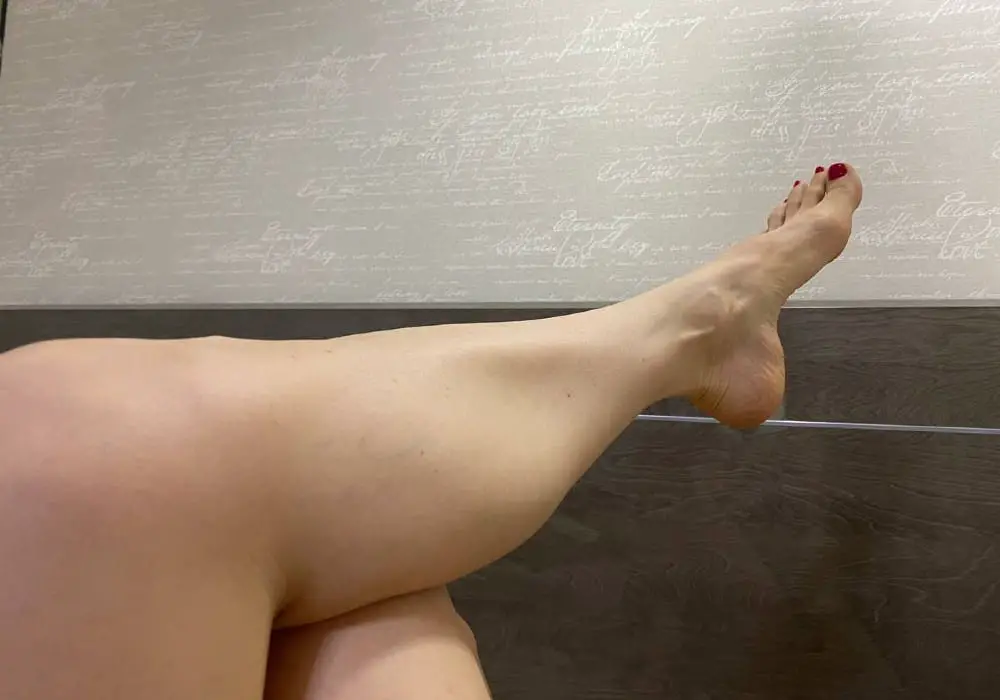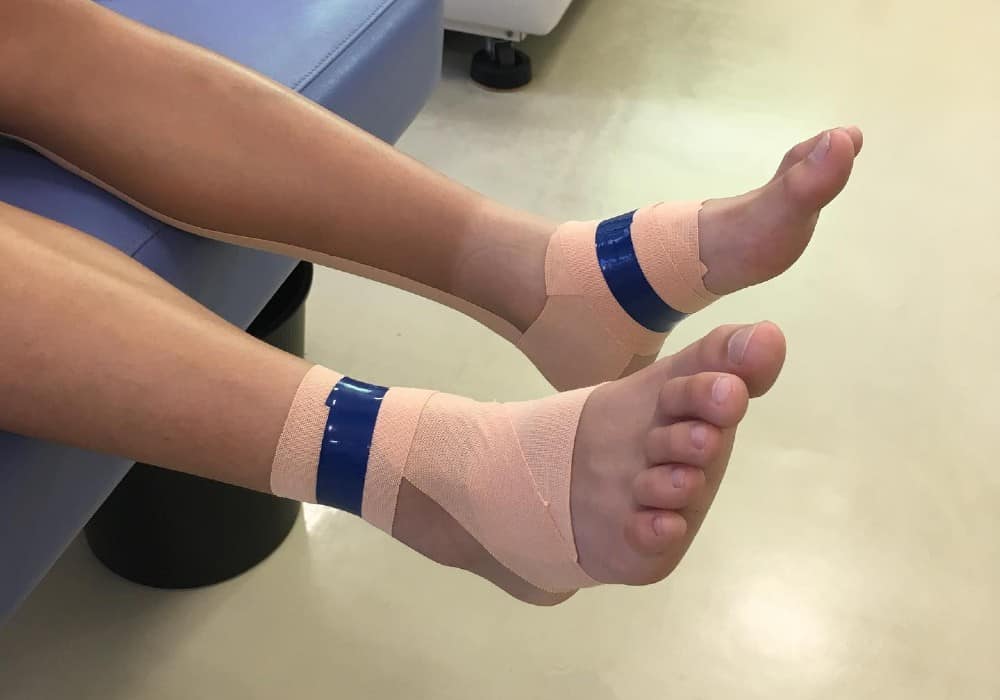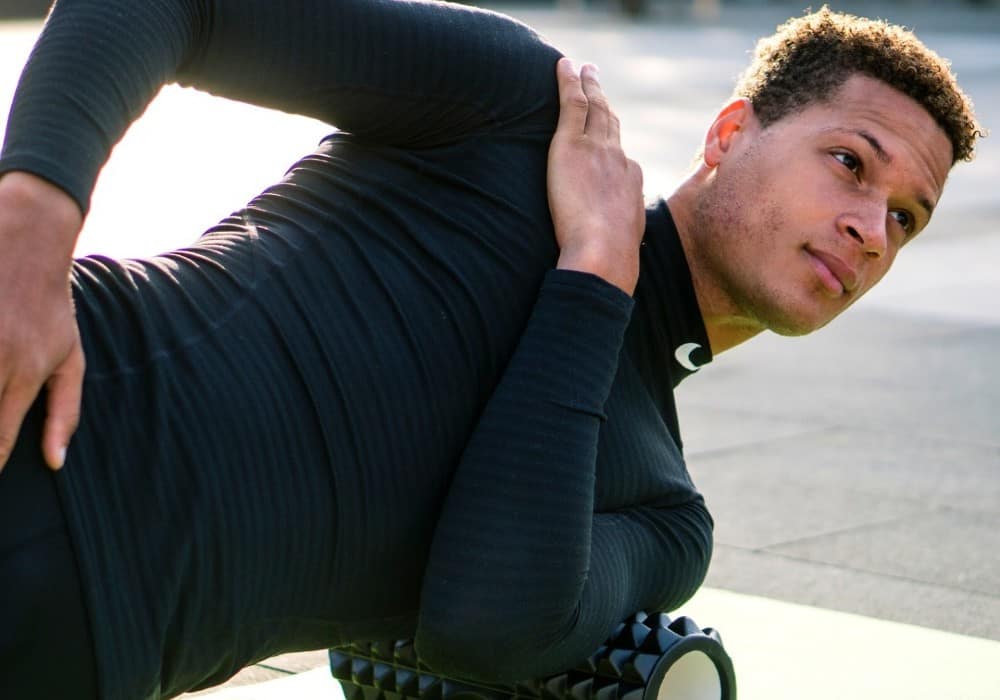When you pull a muscle, it can be difficult to know what to do in order to make the pain go away. A pulled muscle is one of the most common injuries that can occur during physical activity. There are many different ways to treat a pulled muscle, but one of the most common is massage. You may have heard that massage can help, but you may be wondering if it is the right choice for you. Here are a few details to remember when making your decision.
There are many benefits of massage for pulled muscles. Massage can help to increase blood flow to the area, which can speed up the healing process. Massage can also help to reduce inflammation and pain. However, there are some risks associated with massage for pulled muscles. It is important to be careful not to massage the area too vigorously, as this can further damage the muscle.
Contents
What Is a Pulled Muscle?
A pulled muscle is an injury to a muscle or tendon in which the muscle is stretched or torn. This type of injury is common in athletes who participate in sports that require sudden changes in direction, such as basketball, football, or tennis. However, anyone can develop a pulled muscle.
Pulled muscles can occur in any muscle group, but are most common in the back, legs, and arms. Most pulled muscles will heal on their own within a few weeks. However, some may require long-term treatment. Complications such as nerve damage and muscle atrophy can occur in severe cases.

When a muscle is stretched beyond its normal range of motion, the muscle fibers can tear. The amount of damage to the muscle depends on how much the muscle is stretched.
A grade I muscle strain is a small tear in the muscle that causes mild pain and discomfort. A grade II muscle strain is a more significant tear that can cause moderate pain and swelling. A grade III muscle strain is a complete tear of the muscle that can cause severe pain, swelling, and bruising.
Factors that can increase your risk include age, obesity, and a sedentary lifestyle.
What Causes Pulled Muscle?
There are many different causes of pulled muscles, but the most common cause is overstretching or tearing the muscle. This can happen when the muscle is stretched beyond its limits, or when it is suddenly forced to contract too forcefully.
The most common cause of pulled muscles is overstretching, which can happen when you make a sudden move, reach too far, or lift something too heavy. Other causes of pulled muscles include injuries, such as a fall or a blow to the body, and medical conditions, such as multiple sclerosis.
A common symptom of a pulled muscle is pain, but other accompanying symptoms may include muscle weakness, tenderness, bruising, and inflammation. Treatment for a pulled muscle usually includes rest, ice, and massage a muscle strain. In severe cases, the person may need to see a doctor or physical therapist for further treatment.
To avoid re-injury, gradually ease back into your normal activities, and be sure to warm up and stretch before participating in any strenuous activities.

Should You Massage a Pulled Muscle?
While there are many treatments available, one option is to massaging strained muscles. But is this really the best option? There is no definitive answer, as it really depends on the individual situation.
A recent study found that massaging a pulled muscle can help to speed up the healing process. The study found that massage helps to clear out some of the cytokines that are responsible for inflammation.
This, in turn, helps to reduce the number of neutrophils in the area. Neutrophils are white blood cells that are involved in the inflammation process.
The study found that the best time to receive a massage is on the third day after the injury. This will help to reduce inflammation and speed up the healing process.
If you have a mild muscle sprain, massage can help reduce pain and inflammation by increasing blood flow to the area, which can speed up the healing process.
However, if you have a more severe muscle injury, then massaging the area may actually make the pain worse. It is always best to consult with a doctor or physical therapist before attempting to massage a pulled muscle.
If you do decide to message a pulled muscle, be sure to do it gently. Avoid putting too much pressure on the muscle, as this could aggravate the injury. You should feel a significant improvement in pain and inflammation within a few days.
But, if you do not see any improvement after a week of massage, then it is likely that the injury is more serious and you should consult with a doctor.

FAQ
How long should you rest a pulled muscle?
Most people recover from a pulled muscle within a few days to a week. However, the amount of time it takes to recover from a pulled muscle depends on the severity of the injury. More severe injuries may take several weeks or longer to heal.
Is it good to massage a strained muscle?
Overall, massaging a strained muscle can be beneficial. It can help to reduce pain and inflammation and can also improve the range of motion. Just be sure to be gentle and avoid massaging the muscle for too long.
Can massaging a pulled muscle make it worse?
Deep tissue massage can be too much for a pulled muscle. This type of massage can actually cause more inflammation and pain. If you are considering massaging a pulled muscle, you should speak to a doctor or physiotherapist first.
Also read:
Conclusion
It is difficult to say how effective massage is for the muscles of a pulled muscle without knowing more about the individual case. Overall, massage Hypervolt hamstring is an effective treatment for the muscles of the pulled muscle. It can help to reduce pain, improve range of motion, and increase blood flow to the affected area.
Massage may also help to improve recovery time after a muscle injury. Ultimately, it is up to the individual to decide whether or not massage is right for them.
References
- 3 Grades of Strains (by Urgently Ortho)
https://www.urgentlyorthoaz.com/blog/3-grades-of-strains - Muscle Strain: Causes, Symptoms, Treatment (by Lawrence V. Gulotta, MD – HSS medical center)
https://www.hss.edu/conditions_muscle-strain.asp - Neutrophils (by Matthias Eberl, Cardiff University, UK; Martin Davey, University of Birmingham, UK – British Society for Immunology)
https://www.immunology.org/public-information/bitesized-immunology/cells/neutrophils

